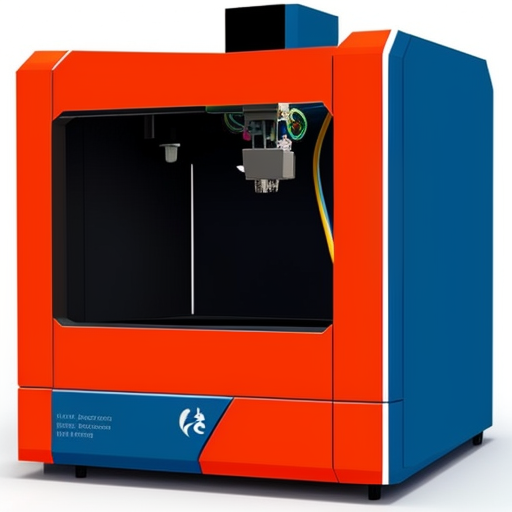Resin 3D printing, also referred to as vat polymerization, encompasses three technologies: SLA (Stereolithography), DLP (Digital Light Processing), and LCD (Liquid Crystal Display).

Stereolithography (SLA) is an additive manufacturing technique that has been in existence for a long time and is considered one of the oldest 3D printing methods.
It is used to create objects using a photochemical process with resin materials.
The SLA 3D printing process involves a vat filled with liquid photopolymer resin that is capable of being cured.
The build plate moves in small increments, and the liquid resin is exposed to light, typically from a UV laser, which selectively solidifies the resin layer by layer.
This process is repeated until the complete model is formed. The object is printed by gradually lifting it out of the resin (bottom-up approach), allowing uncured liquid resin to flow in and fill the space at the bottom of the vat, forming the subsequent layers of the object.